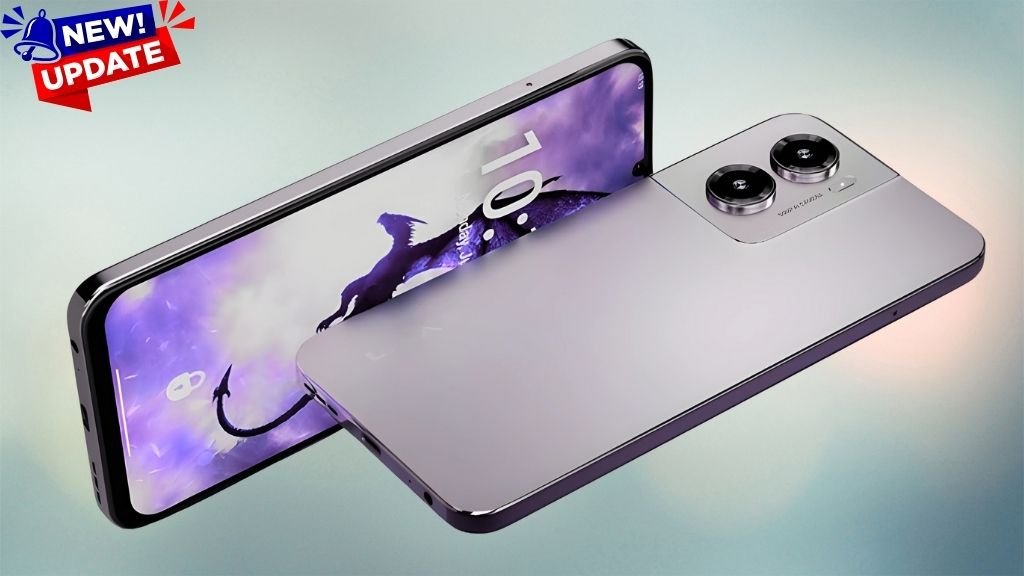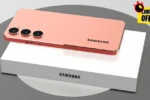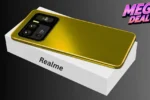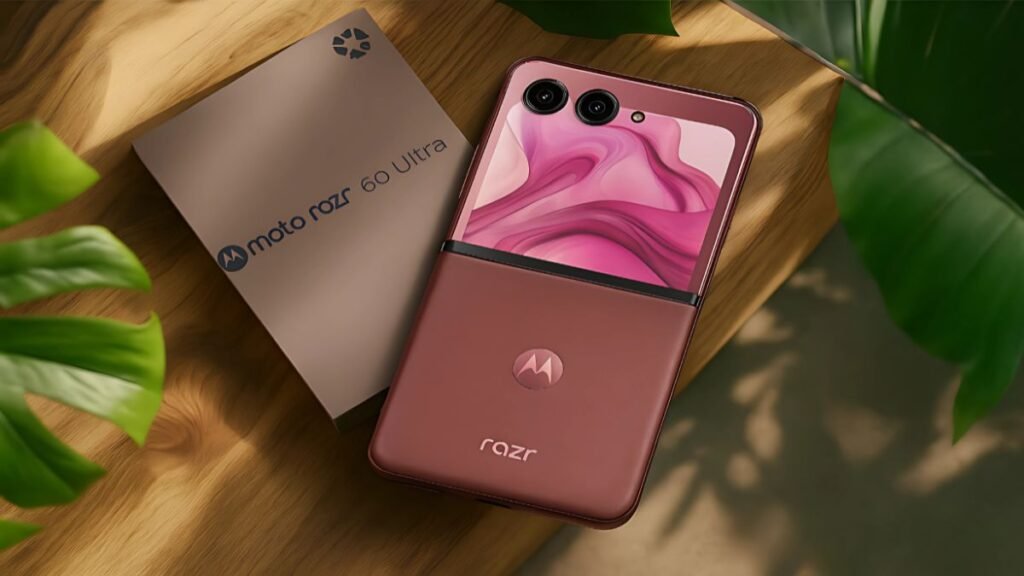Lava Nebula Z5 5G Launched: From time to time, a new phone name explodes across search complete with dramatic “spec sheets,” staged images, and breathless promises. The “Lava Nebula Z5 5G” is the latest example. Some posts claim a flashy launch with impossible charging speeds and camera numbers that look more sci-fi than supply-chain. Here’s the reality: there is no verifiable, official announcement from Lava for a phone called “Nebula Z5 5G.”
That doesn’t mean Lava won’t launch something new—only that you shouldn’t base buying decisions or content strategy on unconfirmed chatter. In this guide, we separate rumor from reality, show you how to verify launches, and point you toward credible, current Lava devices you can actually buy and cover confidently.
The Rumor Cycle: How Phantom Phones Go Viral
Tech rumors spread because they blend three things users love: big numbers, familiar naming, and FOMO. A name like “Nebula Z5” piggybacks on existing series (Z, Blaze, Storm), slaps on a “5G” tag, and sprinkles spectacular claims—think ultra-fast charging that defies physics or megapixel counts with no supply trail. Aggregators repeat each other, smaller blogs copy the phrasing, and suddenly screenshots feel like proof. Remember: repetition isn’t evidence. Until an OEM posts on its official channels, lists the phone on first-party pages, or major retailers surface live listings with model codes, treat “launches” like marketing fan-fiction.
How to Verify a Real Smartphone Launch (A 60-Second Checklist)
1) Official handles: Look for posts from the brand’s verified accounts and press rooms.
2) Model numbers: Real phones have model codes that appear in retail portals, BIS/CE filings, or support pages.
3) Retail inventory: Legitimate preorders show up at reputable retailers with consistent specs, SKUs, and warranties.
4) Consistent specs: Cross-check RAM/storage, camera sensors, and chipsets across at least two credible sources; rumors drift.
5) Time anchors: Real launches have dated embargoes, sale windows, and price bands; vague “coming soon” copies don’t.
Run this checklist before you share, buy, or publish. It protects your money—and your SEO authority.
Where Lava Actually Competes Today
Lava has been busy in budget and value-mid segments with recognizable, orderable models across India. Recent lineups emphasize clean Android builds, big batteries, sensible cameras, and 5G at accessible prices. If you’re writing, filming, or shopping today, anchor your content to phones that are live in market with after-sales support. That gives your audience trustworthy guidance and protects your rankings from future corrections.
What a Credible “Nebula Z5 5G” Would Need to Be Real
Let’s imagine—responsibly—what a plausible Lava “Nebula Z5 5G” might include if it ever arrives, based on the brand’s recent playbook and component availability. This is not a claim, it’s a benchmark for believability:
- Display: 6.5–6.7″ FHD+ AMOLED, 90–120Hz refresh; 1,000–1,300-nit typical peaks (higher “local peaks” are possible but rare in budget tiers).
- Chipset: MediaTek Dimensity 6-series or Unisoc T-series 5G; balanced for efficiency, not flagship gaming.
- Memory/Storage: 6–8GB RAM, 128GB base with microSD or 256GB top trim.
- Cameras: 50–64MP main, 8MP ultrawide optional; front 13–16MP; OIS uncommon but EIS likely.
- Battery/Charging: 5,000 mAh with 18–45W charging; anything promising “full in 5 minutes” should raise eyebrows.
- Software: Clean Android with 2 OS / 3 years security (typical promise in this bracket).
If a rumored spec sheet shows numbers wildly outside these lanes—ask why larger OEMs aren’t doing the same at 3× the scale.
Buyer’s Guide: If You Need a Phone Now (Not a Rumor)
Use this needs-first approach:
- Screen first: If you stream and read outdoors, pick AMOLED and check real brightness, not just “booster” claims.
- Battery second: 5,000 mAh is the sweet spot; charging above 45W is nice but not essential for longevity.
- Cameras third: Look for natural color tuning and reliable HDR; more megapixels ≠ better photos.
- Software always: Prefer clean Android, minimal bloat, and clear update promises.
- After-sales: Confirm service center coverage and warranty terms where you live.
Content Creators: How to Rank Without Spreading Misinformation
You asked for an SEO-optimized article that “can outrank.” Here’s the play that actually works long-term:
- Lead with the fact-check (what exists, what doesn’t).
- Add utility: verification checklist, buyer’s steps, realistic spec baselines.
- Offer alternatives: similar devices people can buy today.
- Keep it fresh: update the piece when (or if) the OEM posts an official teaser, model code, or launch page.
This mix satisfies intent (“is it real?”), builds trust, and earns backlinks without clickbait.
Red Flags to Watch in Phone “News”
- No model code anywhere in the copy.
- Stock renders recycled with new names.
- Anachronistic specs (e.g., 3-day battery claims with 240Hz OLED in a budget phone).
- One-source stories that every other blog simply mirrors.
- Inconsistent numbers across the same article (RAM/storage changes paragraph to paragraph).
If you see two or more of these, you’re likely staring at SEO spam.
What If “Nebula Z5 5G” Becomes Real Later?
Great—then your page wins twice. You’ve already published the verification criteria and plausible spec bands. When Lava posts something official, you can:
- Add confirmed specs and price bands.
- Link a launch timeline (teaser → unveil → sale).
- Insert first-look impressions or a comparison table vs. Lava’s existing 5G models.
That small update keeps your URL stable and locks historical authority.
Practical Performance: The Features That Matter Most
Whether it’s a Lava phone today or a future Nebula tomorrow, real life is powered by:





